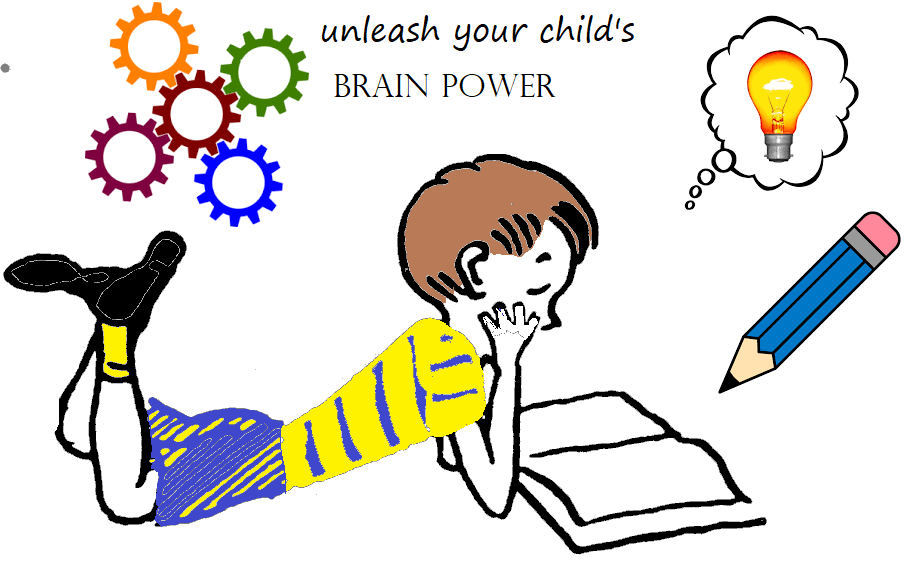Your basket is currently empty!
Author: ahmadally
-
A Future That Has No Boundaries
Preparing students for a future that they haven’t imagined. Where will your experience take you today? Digital learning is teaching that uses technology to improve a student’s learning experience. The emphasis is on high-quality instruction and provides challenging content. The student is assessed constantly and unobtrusively and feedback through formative assessment is almost instant. With…
-

Can Schools afford to avoid Digital Education
Each day students come to school bringing dreams hope seeking inspiration
-

Taking advantage of a child’s readiness to learn
critical periods for a child’s development occurs around age 2. What children’s experiences in this phase have lasting effects on their development
-
eLearning
eLearning is fun eLearning is here to stay …so join the march into the future Leap forward The way learners access and absorb information has changed significantly over the past decades. They want lessons that are interactive, engaging and fun. Technology allows educators to adopt eLearning as – a method and practice of teaching by…
-
Reading and the Brain
Reading is a fundamental skill that gives access to knowledge and alternative points of view, and also provides the foundation for success in school. Reading opens vocational opportunities. Every child has the right to learn to read well, but in many countries, especially developing regions, there are unacceptably low levels of literacy. An estimated 750…
-
Wired to Read
From preconception through the formative early years it is essential to safeguard and maximize children’s developmental outcomes
-
The Future of Work – Part 2
Whether you believe it or not or whether you like it or not the future is going to disrupt your life. This means that we are definitely going to do things differently. This revolution has already started, and it is driven by AI – Artificial Intelligence. Through our smartphones and Apps we have readily accepted…
